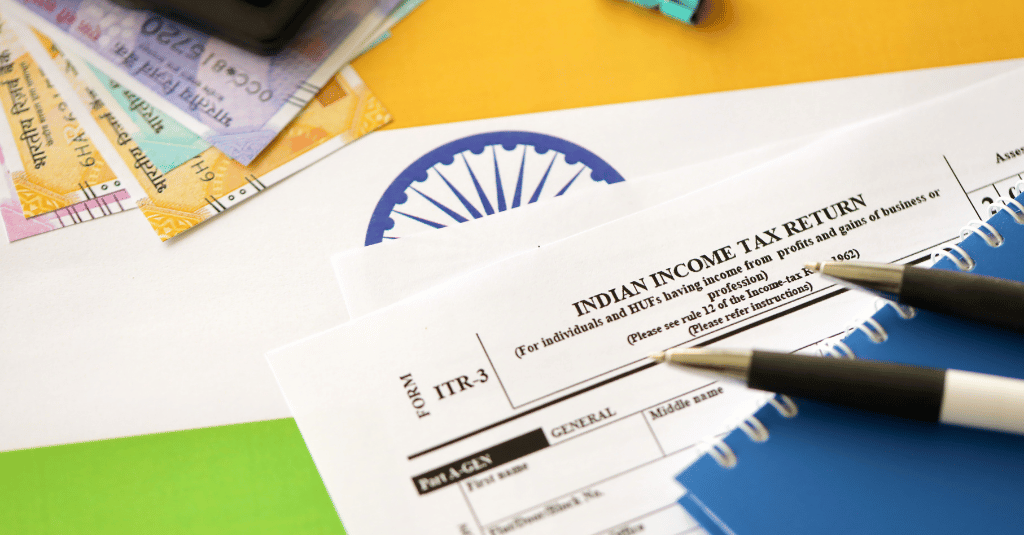Filing your Income Tax Return (ITR) is an essential aspect of managing your finances, ensuring compliance with tax regulations, and securing your financial future. However, the process doesn’t end with just submitting your return. To complete the filing process, you must verify your ITR. In this blog, we’ll explore what ITR verification is, why it’s important, and how you can efficiently complete e-verification for secure filing.
What is ITR Verification?
ITR verification is a mandatory process that confirms the authenticity of the information provided in your tax return. The Income Tax Department of India requires taxpayers to verify their returns to ensure that the details submitted are accurate and legitimate. This step is crucial as it helps prevent fraudulent activities and protects taxpayers’ interests.
Why is ITR Verification Important?
- Compliance with Regulations: ITR verification is not just a formality; it is a legal requirement. Failing to verify your return can lead to penalties and complications with the tax authorities.
- Completion of Filing Process: An unverified return is considered incomplete, meaning the tax department will not process your return or issue a refund, if applicable.
- Protects Against Fraud: Verification acts as a safeguard against potential fraudulent claims or misrepresentation in your tax return.
- Prevents Delays: Completing the verification process promptly can help avoid unnecessary delays in the processing of your return.
How to Complete ITR E-Verification Efficiently
The good news is that the process of e-verification has made it easier than ever to verify your ITR. Here’s how you can complete the process efficiently:
- Choose Your Preferred E-Verification Method: The Income Tax Department offers several methods for e-verification, including:
- Aadhaar-based OTP: If your Aadhaar is linked to your mobile number, you can receive a one-time password (OTP) for verification.
- Net Banking: If you have an account with a bank that offers e-filing services, you can use net banking to verify your return.
- Electronic Verification Code (EVC): You can generate an EVC through the income tax portal and use it for verification.
- Through a Bank Account: You can also use your bank account to verify your ITR by generating an EVC.
- Log into the Income Tax Portal: Visit the official Income Tax e-filing portal and log in using your credentials. If you don’t have an account, you will need to register.
- Navigate to the Verification Section: Once logged in, locate the option for “e-verify” or “ITR Verification” in the menu.
- Enter the Required Details: Depending on the method you choose, you may need to enter your Aadhaar number, bank account details, or EVC. Follow the prompts to complete the process.
- Confirmation: After successfully verifying your ITR, you will receive a confirmation message. You can also check the status of your ITR verification on the portal.
- Keep Records: Always save a copy of the confirmation for your records. This serves as proof that you have completed the verification process.
Conclusion
In summary, ITR verification is a vital step in the income tax filing process that ensures your return is valid and compliant with regulations. By following the steps outlined above, you can efficiently complete the e-verification process, ensuring secure filing and peace of mind. Remember, timely verification not only helps you avoid penalties but also facilitates the smooth processing of your return. Stay proactive in managing your taxes, and you’ll enjoy the benefits of a hassle-free tax season.




